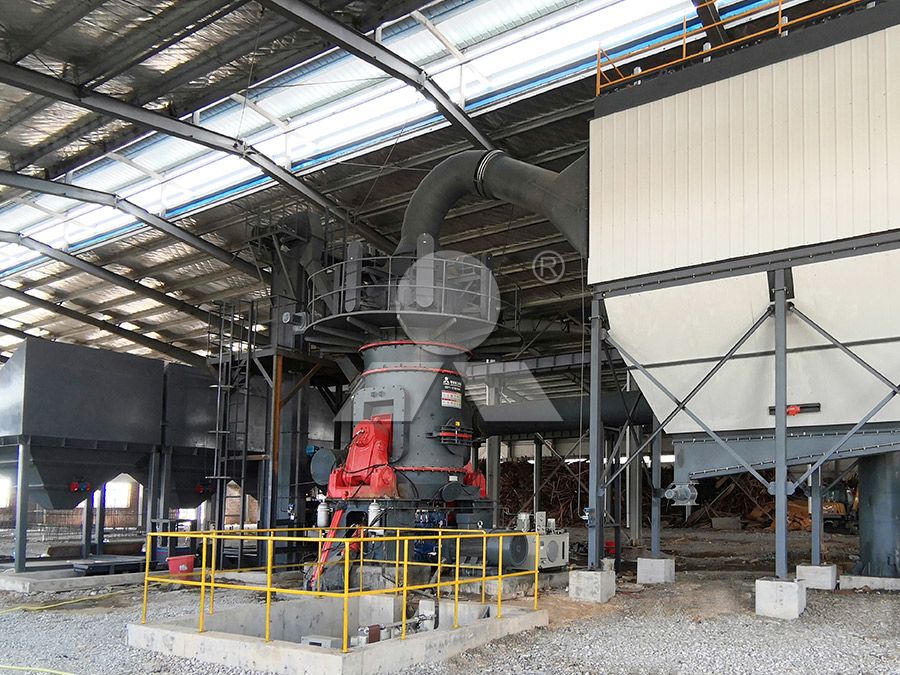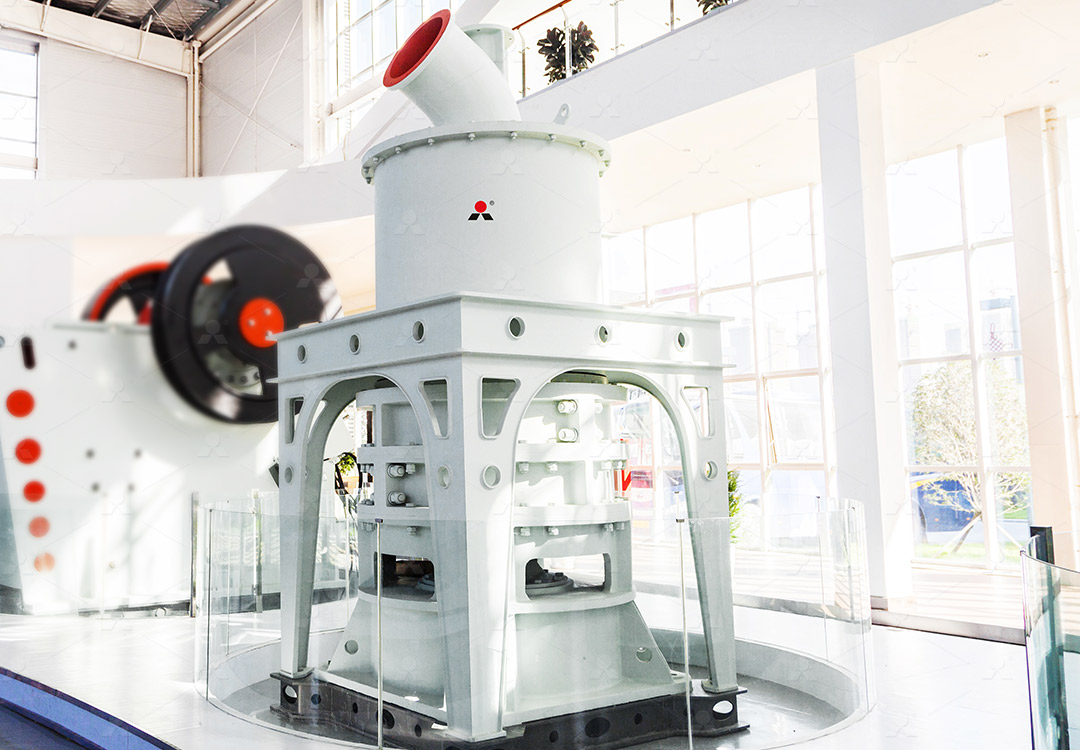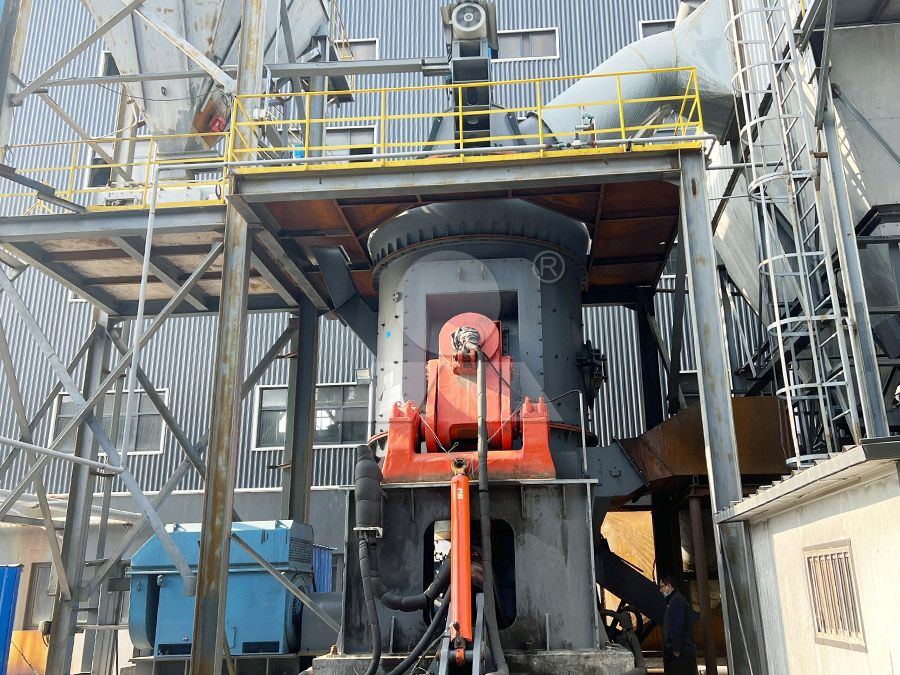How to Choose the Right Slag Grinding Mill for Your Processing Needs
Navigating the Complex World of Slag Grinding Equipment
Selecting the optimal slag grinding mill requires careful consideration of multiple factors, including feed size, required capacity, final product fineness, and operational costs. As industrial byproducts continue to gain value in construction materials and other applications, choosing the right equipment becomes critical to profitability and efficiency.

Key Selection Criteria
Before investing in any grinding equipment, processors should evaluate their specific requirements against several technical parameters. The input size of your slag material directly impacts mill selection, as different machines handle varying feed dimensions. Similarly, your required throughput capacity will eliminate some options while highlighting others as ideal candidates.
Beyond these basic specifications, consider the desired fineness of your final product. Some applications require coarse granules, while others demand ultra-fine powders measuring just a few microns. Energy consumption represents another crucial factor, as grinding operations typically account for significant portions of plant operating costs.
Advanced Solutions for Modern Processing Needs
Among the available technologies, vertical grinding mills have emerged as particularly efficient solutions for slag processing. Their compact designs and integrated systems offer substantial advantages over traditional ball mills, including reduced footprint and lower energy consumption.
For operations requiring ultra-fine powder production with precise particle size distribution, the MW Ultrafine Grinding Mill presents an excellent solution. This advanced machine processes materials with input sizes up to 20 mm and delivers capacities ranging from 0.5 to 25 tph. Its innovative design eliminates rolling bearings and screws within the grinding chamber, significantly reducing maintenance concerns and potential failure points. The equipment’s cage-type powder selector, incorporating German technology, allows operators to adjust fineness between 325-2500 meshes with exceptional precision.

Environmental and Operational Considerations
Modern grinding operations must address environmental regulations and workplace safety. Equipment with integrated dust collection systems and noise reduction features not only ensures compliance but also creates better working conditions. The MW Ultrafine Grinding Mill addresses these concerns with its efficient pulse dust collector and muffler system, effectively minimizing both dust emissions and operational noise.
Another significant advantage of contemporary grinding mills is their digital integration. Numerical control systems enable precise machining of core components, while automated controls simplify operation and monitoring. These features contribute to more consistent product quality and reduced operator intervention.
Matching Equipment to Application Requirements
Different slag types and end-use applications may benefit from specific grinding technologies. For high-volume operations processing standard slag materials, the LM Vertical Slag Mill offers robust performance with capacities from 7-100 tph. This specialized equipment integrates drying, grinding, powder selection, and conveying in a single compact system, reducing both investment and operating costs.
The LM Vertical Slag Mill’s unique grinding device achieves integration of grinding and powder selection functions, while its wear-resistant construction ensures reliable operation with minimal maintenance downtime. The system’s energy efficiency—consuming just 30-40% of the power required by equivalent ball milling systems—makes it particularly attractive for cost-conscious operations.

Making the Final Decision
When evaluating potential slag grinding mills, consider not only the initial investment but also long-term operating costs, including energy consumption, maintenance requirements, and spare parts availability. Equipment from manufacturers with comprehensive technical support and reliable spare parts supply ensures uninterrupted operation and maximum productivity.
Ultimately, the right choice depends on your specific combination of material characteristics, production requirements, and operational constraints. Consulting with experienced equipment suppliers and requesting material testing can provide valuable insights before making a final selection.
Frequently Asked Questions
What is the most important factor when selecting a slag grinding mill?
While all technical specifications matter, matching the mill’s capacity and final product fineness to your specific production requirements typically proves most critical. Consider both current needs and potential future expansion.
How does the MW Ultrafine Grinding Mill achieve higher energy efficiency?
The MW Mill incorporates newly designed grinding curves for the roller and ring that enhance grinding efficiency. With the same fineness and power, its production capacity is 40% higher than jet grinding mills and twice that of ball grinding mills, while system energy consumption is only 30% of jet grinding mills.
Can the same mill process different types of slag materials?
Many modern grinding mills, including the MW Ultrafine Grinding Mill and LM Vertical Slag Mill, can process various slag types. However, optimal performance may require adjustments to operating parameters or minor configuration changes based on material characteristics.
What maintenance advantages do contemporary slag grinding mills offer?
Advanced designs like the MW Ultrafine Grinding Mill eliminate rolling bearings and screws in the grinding chamber, preventing related failures. External lubrication systems allow maintenance without shutdown, supporting continuous 24-hour operation.
How important is environmental compliance in mill selection?
Increasingly critical. Modern mills like the MW series come equipped with efficient pulse dust collectors and noise reduction systems that ensure operations meet environmental standards while protecting worker health.
